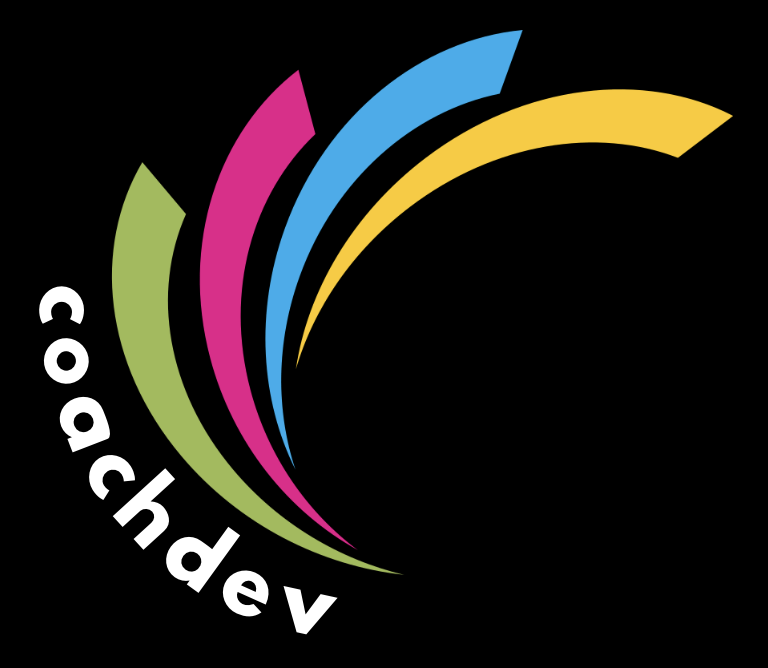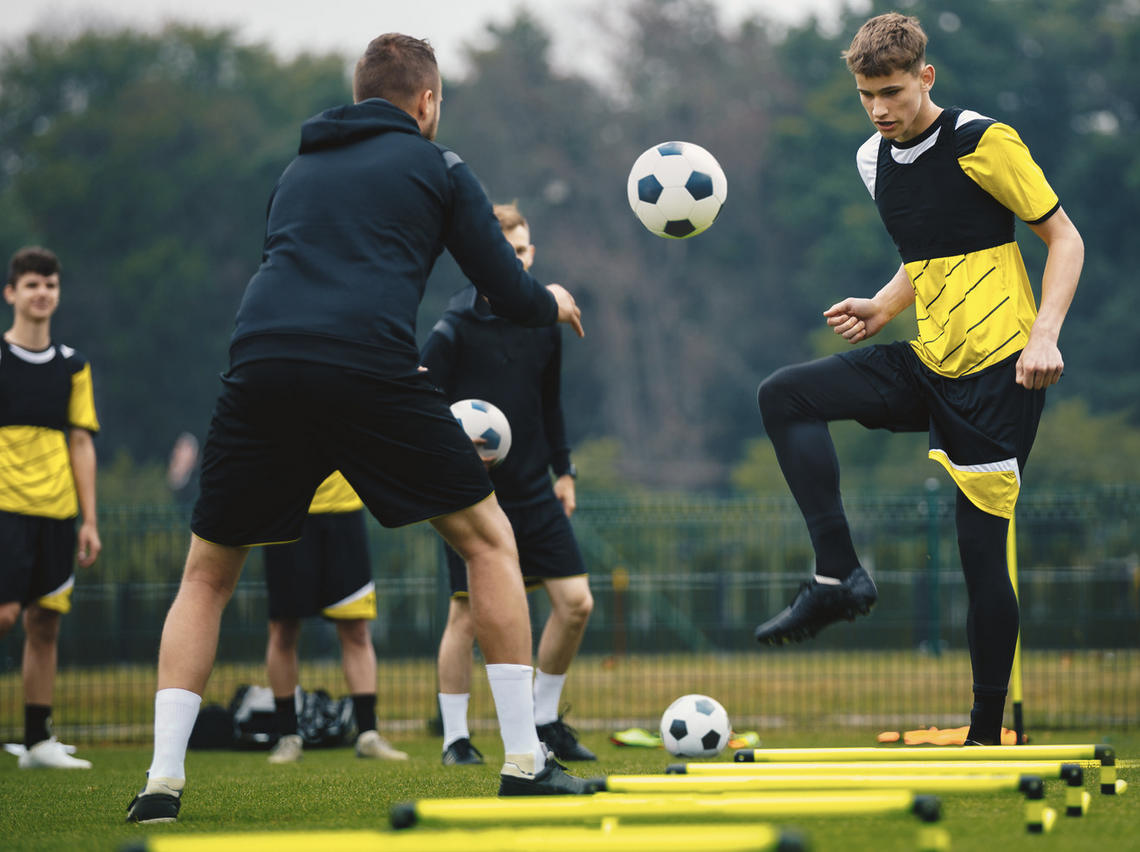Former soccer National Coaching Director, Eric Worthington was a pioneer in Australian coach education. One of his laments was that coaching courses didn’t teach coaches HOW to coach and that there was no useful commitment to coaching practice and practical assessment. He saw an over emphasis on courses only teaching coaches WHAT to coach.
Guided coaching practice was at the centre of the coach education system that Eric developed for Australian soccer coaches. Coaches received dedicated guidance in practical coaching on multiple occasions.
This article was first published by the Australian Coaching Council over 30 years ago (1). He articulated ideas we are still catching up to, including his recognition of on-the-job learning being the gold standard for learning how to coach.
Design with the job of the coach in mind
Sport Specific Instructional courses for soccer coaches are designed with the job of the coach foremost in mind. The “subject” of the course is “The Job of the Coach”. All the elements of the course are selected with that in mind. This is as opposed to any other alternative.
For example, it might be argued and indeed be accepted by other sports that “the game” or “the sport” should be the subject or be the main knowledge content of a course. In that case, the sport may be “chopped” into three parts to form Level 1, 2 or 3 content.
Soccer course content at the three levels is selected according to what is known about the job of a coach working at three recognisably different phases in the development of a player.
The job of the coach
The job of the coach is seen to fall into four broad areas and appropriate assessments are made during a course. The following statements crystallise the main thoughts behind content selection and assessment.
- What does the coach need to KNOW?
- How well does the coach ORGANISE the players?
- How good is the coach’s OBSERVATION skill?
- Do the players improve by good COACHING?
Assessment and evaluation of how much a coach knows about his job is best done not by the traditional pen or pencil techniques but in tutorials or by other viva voce methods – a coach’s job is to talk and rarely to write.
However, the main purpose of this article is to stress the essential weighting that is given to evaluating and assessing the ability to coach.
The ability rests upon items 1, 2 and 3 mentioned above or, knowledge about the job, organising skill and observation skill.
Coaching practice - the key
Coaching Practice consumes more than 50% of the working time of the courses. It is the largest element of the courses. All candidates who pass in Coaching Practice may re-sit the other elements. All candidates who fail must register for another course.
Amongst the reasons for justifying its weighting, one is all important. That is while attending a course the candidate if afforded the luxury of absolute personal attention while coaching a group of players on far more than one occasion.
The coach is given a Coaching Topic well before each Coaching Practice (see Coaching Practice Assessment Sheet – PDF attachment). The coach’s knowledge of that topic is at test. The players must then be organised into working in an improving situation within the topic or phase of the game.
Based on what the coach sees to be necessary to raise the skill of the players so the coach will attempt to create learning situations.
The role of the coach educator - coach the coach to coach
Throughout the Coaching Practice the Instructor is evaluating performance and making a subjective assessment to be recorded on the Coaching Practice Assessment Sheet.
Of far more importance is the working principle of “Coach the coach to coach” is forever operative.
No opportunity must be overlooked to stop the coach while working and to offer advice. This might be related to one or more parts of a coach’s skill.
Coaching skill is largely a matter of experience and like most other practical skills the importance of immediate feed-back cannot be under-valued in the development of that skill.
Coaches as a group often find themselves in a “closed” environment where they perhaps talk rarely about their job. Far worse, there often is a “four walls of the classroom” attitude. This occurs where most of their coaching is unobserved other than by their charges or the occasional “intruder”.
"Coaching skill needs to be seen, shown and talked about for its best expression.
Coaching practice enables critical reflection
Coaches must work at their trade by being critical and open in their discussions about the fine points of the skill.
Needless to say that kind of activity is generated by Coaching Practice. It acts as a first-class motivator and the provider of endless topics for heated productive discussion.
A useful exercise for course planners is to itemise all of the course objectives (see Soccer Level 2 Objectives). These should be expressed in behavioural terms so that all may be seen to be achieved or not. Having done that, value each objective in terms of “To what extent could that part of the course be learned by the candidates by themselves?”
A large amount of knowledge can be gained by candidates organizing their own study followed by personal or in-course assessment.
Again, some skill elements might be practised away from the course.
The one element that is impossible to practice without guidance is coaching practice.
"Real" vs "artificial" learning
The skillful instructor will not only be able to lift the performance of most coaches but might also be able to reach a very accurate assessment of all parts of the skill of the coach.
If I am to plead for a substantial proportion of time devoted to Coaching Practice within all Coaching Instruction Courses, it would be, spend more time on “real” activities and less time on “artificial” activities.
Skill of all kinds is best learned by practising “real” activities rather than “artificial” ones – the greater the number of common elements contained within a practice situation the more chance of transfer of training from that activity. That argument supports the full use of Coaching Practice.
Using that argument, I would have to admit that my own views support the notion that coaching courses are themselves “artificial”.
"I would much rather train coaches in their working situation – the job of the coach is to best learn on the job. However, that is a problem that we are only working towards finding a solution.
Level 2 course objectives
The coach will be able to:
- Differentiate between practice methods and demonstrate that knowledge by selecting appropriate methods in coaching practice.
- Organise a group of players into a practice situation in less than two minutes.
- Plan and conduct not less than three coaching sessions of between ten and fifteen minutes duration on given topics.
- Recognise strengths and correct weaknesses in technique performance by giving specific instructions which describe what the player should do to improve the performance and how it should be done.
- Participate in practical sessions and group discussions to acquire the knowledge and skill required to achieve objectives 1-4.
- Demonstrate the techniques of the game to a standard comparable with the technical requirements to pass McDonalds Super Skills Red Award.
- Correctly answer the question papers on ‘The Laws of the Game’ and the ‘Theory of Coaching’ to satisfy the established criteria of assessment.
Reference
Worthington, Eric (1984). Coaching Practice in Coach Education in Lawrie Woodman (ed.), The Coaching Director, Issue #2, Australian Coaching Council.

